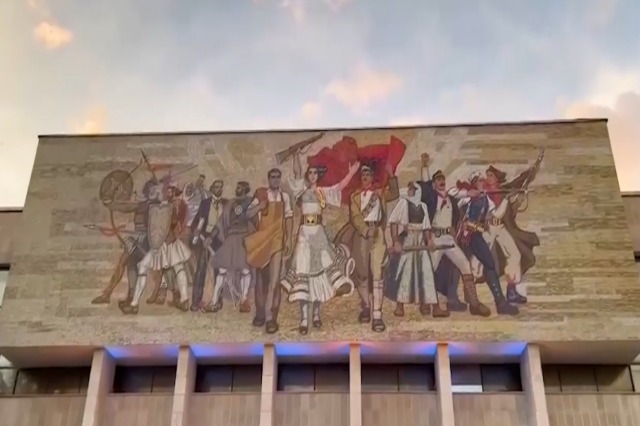Explore Albania
Geographic position and climate
The country covers 28,748 square kilometers (11,000 square miles). Albania is located in the western part of the Balkan Peninsula. It borders the Republic of Montenegro (287 km), the Republic of Kosovo, and the Republic of (Fyr) Macedonia in the north and northeast (151 km), and Greece in the south and southeast (282 km). It has access to the Adriatic and Ionian Seas in the west, with a coastline length of 476 km (296 mi). From the Strait of Otranto, Albania is less than 72 km (45 miles) from Italy. The average high sea level is nearly 708 m, and the highest mountain is Korab, situated next to the border with Macedonia, 2.753 meters (9.032 ft). The climate on the coast is typically Mediterranean, with mild, wet winters and warm, sunny, and relatively dry summers.
Population
Albania has a population of nearly 3.3 million, and more than half live in villages and rural areas. The Republic of Albania has mostly a homogeneous ethnic population. Albanians form 95% of the people, the Greek minority form 3%, and the other 2% is composed of Vlachs, Romas (Gypsy), Montenegrins, Macedonians, and Bulgarians.
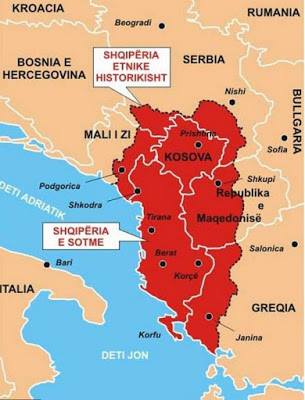
population
Albania has a population of nearly 3.3 million, and more than half live
in villages and rural areas. The Republic of Albania has mostly a homogeneous
ethnic population. Albanians form 95% of the people, the Greek minority form
3%, and the other 2% is composed of Vlachs, Romas (Gypsy), Montenegrins,
Macedonians, and Bulgarians.
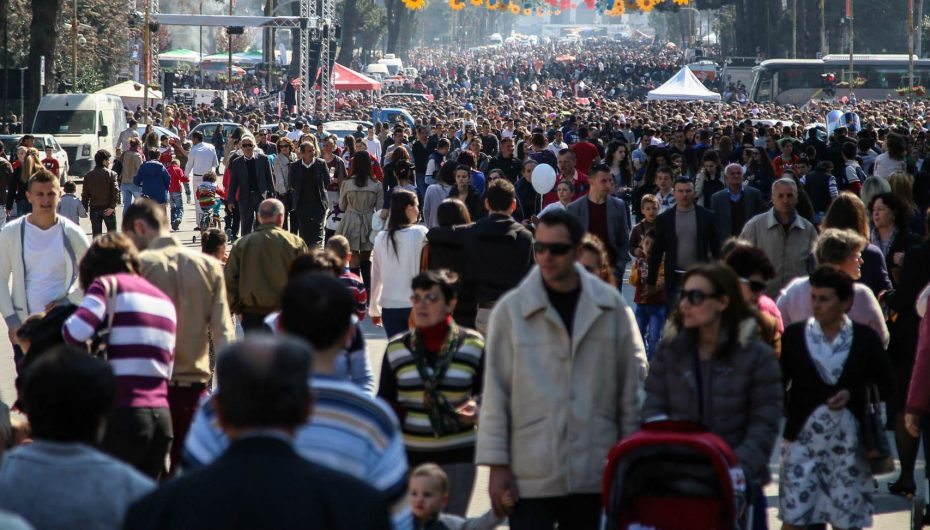
Capital and Principal
cities
Tirana has been the capital of Albania since 1920. The population is 763,634 inhabitants (2011 estimates)
Durres is the main port of the city. Population 265,330 inhabitants
Shkoder is the biggest center in northwest Albania. Population 217,375 inhabitants.
Vlore is the biggest center in southwest Albania. Population 184,279 inhabitants.
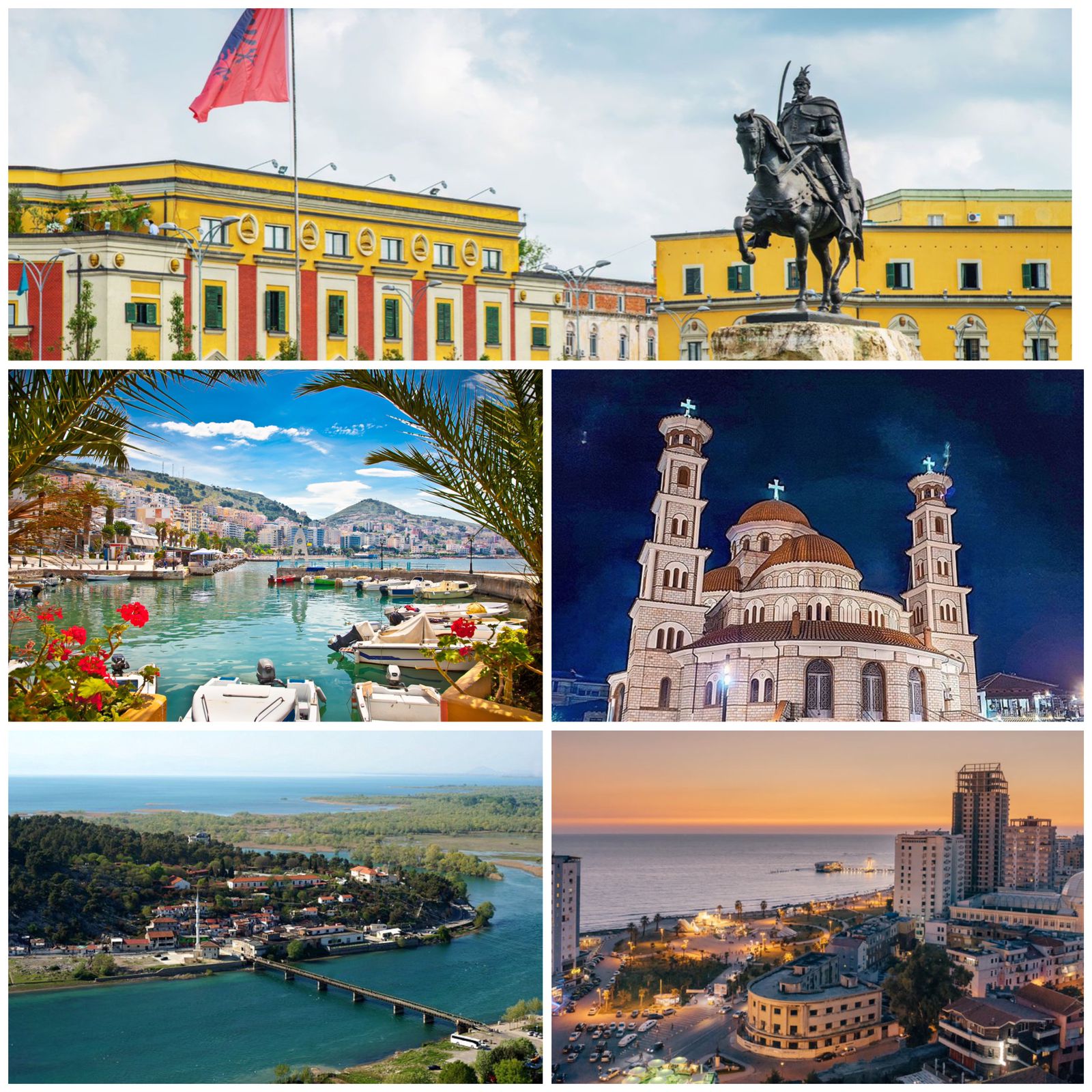
Language, flag
Albanian is a language of the extensive Indo-European family and is thus related to a certain degree to almost all other languages of Europe. At the same time, Albanian shows no particularly close historical affinity to any different language or language group within the Indo-European family, i.e., it forms a language group of its own. Albanian is considered to have evolved from an extinct Paleo-Balkan language, usually taken as either Illyrian or Thracian. Besides the Albanian language, most of the people of Albania are fluent in Italian and Greek and well-versed in English as well.
The official flag of the Republic of Albania is a black two-headed eagle centered on a red background. The emblem on the Albanian flag is derived from the medieval Coat of Arms of Gjergj Kastrioti ( known as Skanderbeg ), who led an Albanian revolt against the Ottoman Empire, resulting in their brief independence from 1443 to 1468
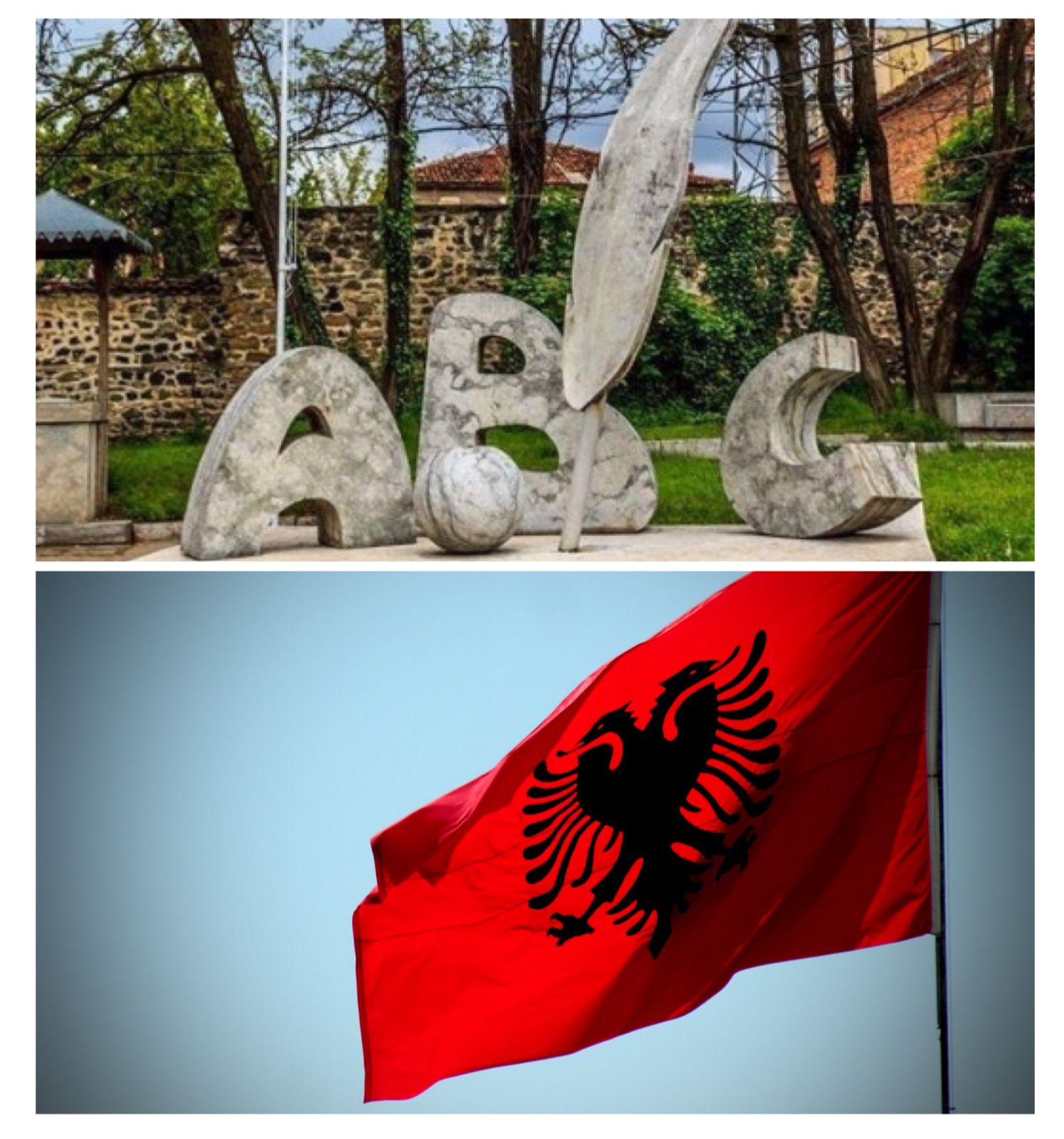
Political system , Economy overview
Albania's political system is a presidential, parliamentary democracy. The Parliament of Albania consists of a unicameral assembly known as the 'People's Assembly' or 'Kuvendi Popullor .'The assembly has 140 seats; 100 are elected by direct popular vote and 40 by proportional voting for four-year terms. The People's Assembly elects the President for five years. The President of the Republic is the Head of State and represents the unity of the people. He has general powers as Commander-in-Chief of the army and Chair of the National Security Council. He is also the head of the High Council of Justice. The Judiciary Power is in the hand of the High Council of Justice, Constitutional Court, High Court, and other courts, as well as the Prosecutors Office. The President has great power over the judiciary process in Albania, heading the HCJ and appointing judges of all courts. In addition, the President of the republic appoints the prime minister on the proposal of the party or coalition of parties with the majority of Assembly seats. The Council of Ministers maintains the Executive branch of Government, headed by the Prime Minister.
Albania is following the road to a more open-market economy. Macroeconomic growth averaged around 6% from 2004 to 2008 but declined to about 3% in 2009-11. Inflation is low and stable. The Government has introduced measures to reduce crime and has implemented a fiscal reform package to improve the economy and attract foreign investment. Twenty percent of Albania is fertile, arable land. It has untapped natural resources (including chrome — one of Albania's most important sources of hard-currency income) and a solid human resource base (a young population and a national literacy rate of 99.1 percent). The median age is 30.4 years as of 2011, and 47.8 percent of the workforce is employed in agriculture, with the rest in industry and services (2010 est.). As of March 2012, the unemployment rate officially stands at 13.3per cent
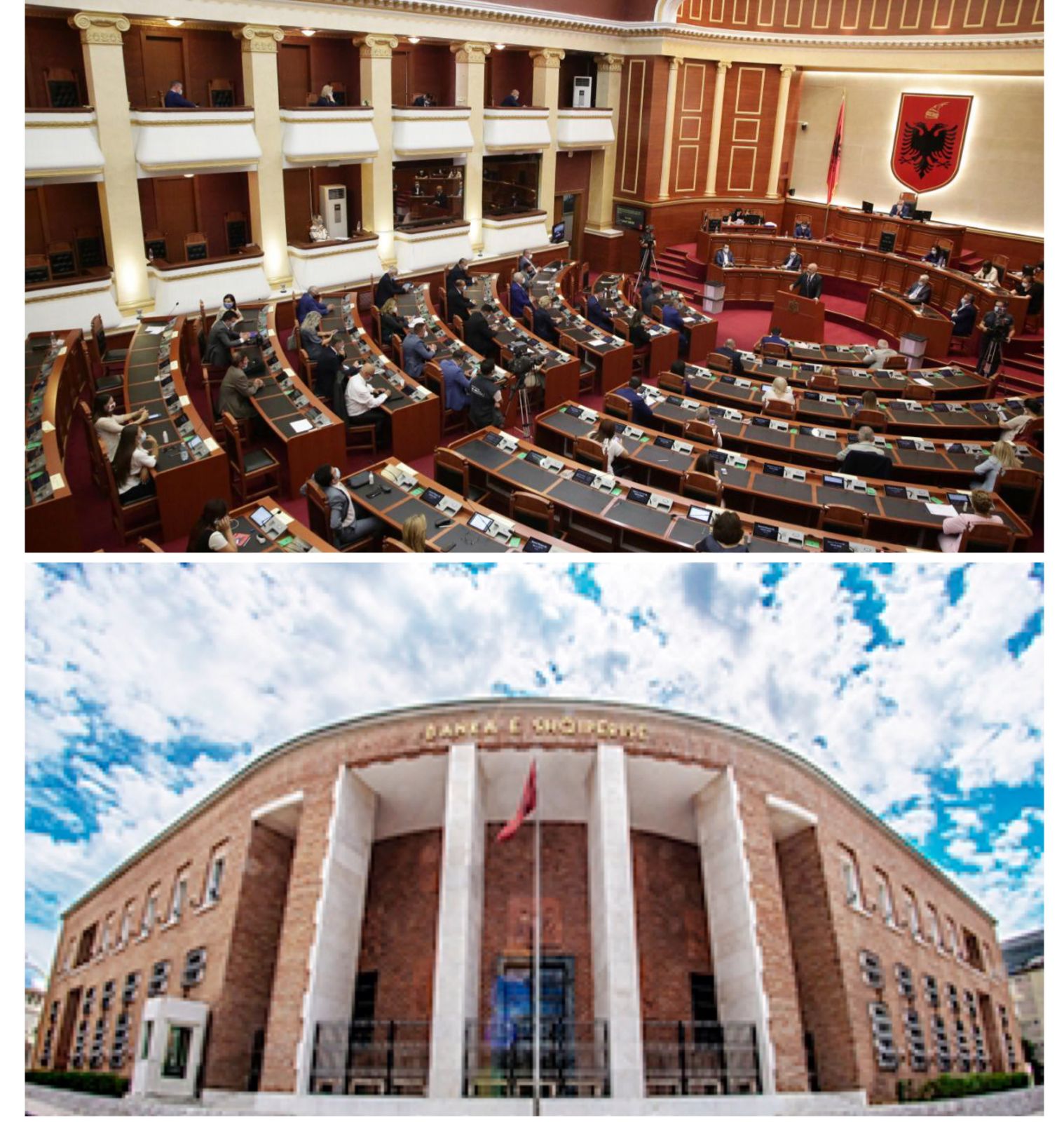
Short History
The first historical trace in Albania goes back to the prehistoric era some 300,000 years ago. Starting in the 7th Century BC, Greek colonies began rising along the Illyrian coast, and for the next several centuries, the Illyrian tribes dominated the region. In the 1st Century BC, the Roman army defeated the Illyrians, ending their independence. The Romans ruled here until 395 AD, when the empire was divided into two parts, and the area of present-day Albania was put under Byzantine command. Under the Byzantines, Albania endured raids by different barbarian tribes, such as Visigoths, Huns, Ostrogoths, Avars, and Slavs, that destroyed and weakened the empire. In the mid-800s, the Bulgarian Empire took over, and the area of eastern Albania became a valuable cultural center. The Bulgarian Empire declined in the late 13th Century, and Albania was integrated into the Serbian state. The Ottomans took control in 1385 with the Battle of Savra, and aside from a brief interruption during the Gjergj Kastrioti Scanderbeg uprising (1443-1478), they ruled for 500 years. In this period, many Albanians reached notable rankings within the Ottoman Government, remaining highly active and faithful during the Ottoman era. By the end of the 1800s, the nationalism movement had started, and the Albanians began to fight for their independence. By the end of the 19th Century, many revolts were organized, and the Albanian National Awakening took place, but it wasn't until the Balkan War of 1912 that Albania was proclaimed independent. As Albania began establishing its new boundary lines and putting together a government, World War, I interrupted their efforts, and political turmoil overwhelmed the country. Prince William of Wied, ruling the Princedom of Albania, left the country during that war to serve in the German Army and never returned to claim his position. Albania was consequently divided among Italy, Serbia, and Greece, and as World War I ended, the country was still without a recognized government. Albania struggled to regain independence. In 1920 Italian troops left the country, and the United States intervened to support Albania's independence, ultimately leading to the League of Nations accepting Albania as a full member. In 1924, Ahmet Zogu was elected President with dictatorial powers, allied with Italy, and established good relations with Benito Mussolini. The parliament, in 1928, proclaimed Albania a Kingdom with Zog as appointed King; in 1939, Mussolini's army invaded Albania, eradicating King Zog. This put Albania as one of the first nations occupied by the Axis Powers during World War II, and what ensued was a tug-of-war between Italy, Germany, and Greece. By the war's end in Albania, some 30,000 residents died, 200 villages were destroyed, and around 100,000 were left homeless. In this state, Communists quickly took power in Albania and isolated the country from the rest of the non-communist world. This lasted until the early 1990s when most Communist doctrine collapsed across Europe. Albania took this moment to completely abandon its long-time Communist rule in favor of democracy and a move into the 21st Century. Blessed with many natural resources, Albania has (mostly) remained somewhat isolated from the world because of its mountainous topography and the policies of its former hard-line Government. However, in 2009 the country joined the North Atlantic Treaty Organization (NATO) and is currently applying for EU membership.
Tourism to Albania has increased in recent years, and this comes as no surprise due to the country's pristine beaches, impressive mountain ranges, delicious cuisine, and genuine hospitality. Albania's capital, Tirana, hosts a vibrant nightlife, while the countryside has become increasingly popular with foreign tourists. As a result, Albania was considered one of the top ten countries in the world to be visited in 2011.
